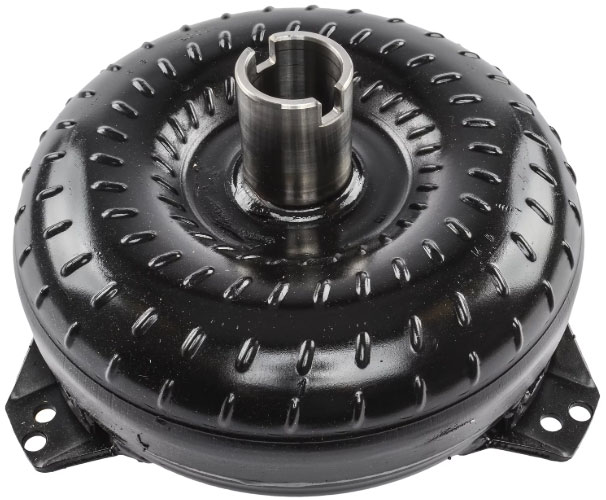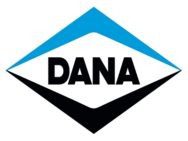It is worth noting that not long ago, in 1902, the year, the design for the automatic transmission torque converter appeared. Nearly nothing has changed during this time, all the basics and features are included in modern models.
Initially, these converters were installed exclusively on buses. Only a few decades later, manufacturers started to include it in passenger vehicles. And this is not surprising because the part allows you to convert and transfer the moment from the engine to the installed automatic transmission very well. The driver can also change the torque and speed. Initially, this innovation began to be installed on the Ford car. Popularity has increased significantly after a few years.

The automatic transmission of a converter, the operating principle, and its features-these are questions every driver wants to know about, which is not surprising. After all, because of this, you can perform self-repair, no need to go to a specialized service and give money. Of course, in addition to the converter, you can find other types of transmissions:
- robotized
- variable speed drive;
Both have their pros and cons. It’s safer to entrust this issue to professionals if you don’t find it too hard to understand. They’re going to do everything efficiently and quickly.
What is the torque converter?
It is worth noting that the design of this element is nothing complicated. Each driver can understand it as well as the operating principle. As for the appearance, it’s a kind of disk-shaped body. Because of this, many drivers began to call it a bagel.
Each converter consists of three main parts. The main features include a special fluid inside the case. Because of this, there is not only lubrication but also the cooling of the elements. Without it, converters fail quickly, which is not surprising. It can be found between the engine and the box. In fact, this is a kind of clutch that transmits the force from the engine to the gearbox.
A simple pump transmits the fluid itself. If a fluid leak occurs, it will adversely affect torque converter performance, serious wear will occur. Regular inspections are required in this regard. The working parts have blade rotating disks.
Modern the converters are equipped with a lot of electronics. All kinds of sensors read indicators, make sure there are no overheating and other problems. It is worth noting that the design is very light and reliable:
- Turbine;
- Reactor;
- Pump.
As for the pump disk, it is attached directly to the element’s body, the turbine to the automatic transmission, and the reactor to the overrunning clutch. It can significantly increase the torque due to the reactor.
Principle of Operation
Here we come to the most interesting. The operating principle is not very difficult, every driver will be able to study it and understand it. The pump wheel rotates, inside the converter, there is a fluid movement. After the gear oil collides with the reactor, it will go in the opposite direction, increasing the impeller’s rotational movement. The force of flow varies depending on the speed of rotation.
As for the torque, it is transmitted to the vehicle’s automatic transmission. It should be noted that the turbine wheel is always rotating slower than the pumping wheel. At idle, the difference will be maximum. It decreases slightly during the start of the movement.
If we talk about the reactor itself, due to the overrunning clutch, it is coupled to the turbine. Rotation occurs in one direction only. Because of this, the movement speed of both parts is equalized. The reactor will simply stick at extremely high revs. This action enables you to transfer the maximum energy value to the pump wheel. The reactor slips a little with the gradual increase in vehicle speed.
Features
The effectiveness of the automatic box is reduced if the fluid coupling works in a certain mode. The efficiency is reduced in this scenario. There is an increase in fuel consumption in this regard. It’s worth noting that modern cars are equipped with a blocking plate.
Drivers typically press the pump to the turbine when it reaches a certain speed. There is a connection between the motor and the gearbox. In this case, the converter does not work. The slightest will cause the brake to lock off.
Conclusion
So now we’ve been looking at how the torque converter works and what its features are. If we talk about the automatic transmission converter, the operating principle, then nothing is too complicated. It’s something that every driver can figure out for themselves.

























